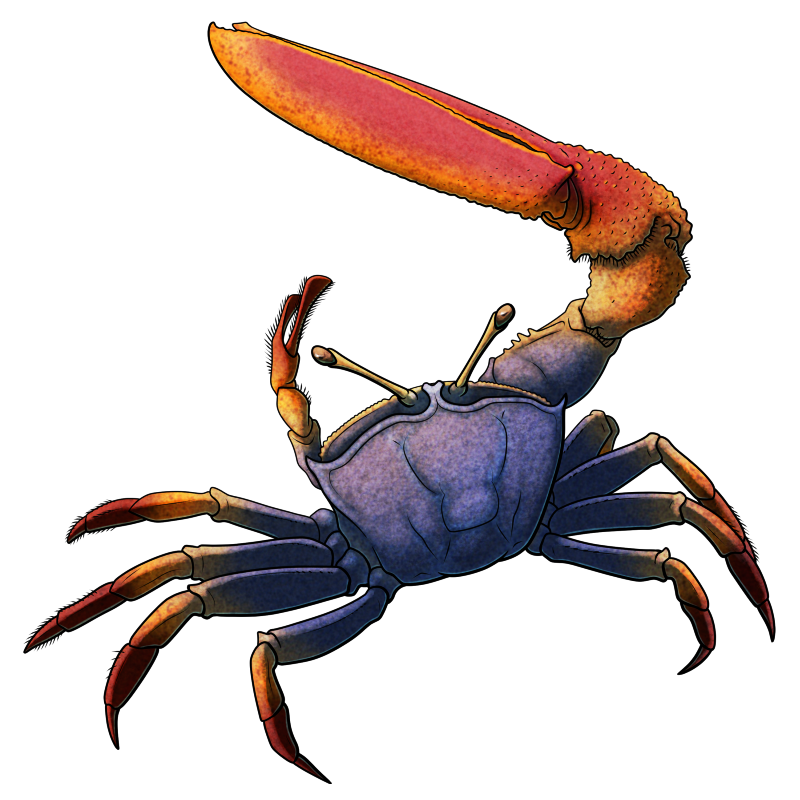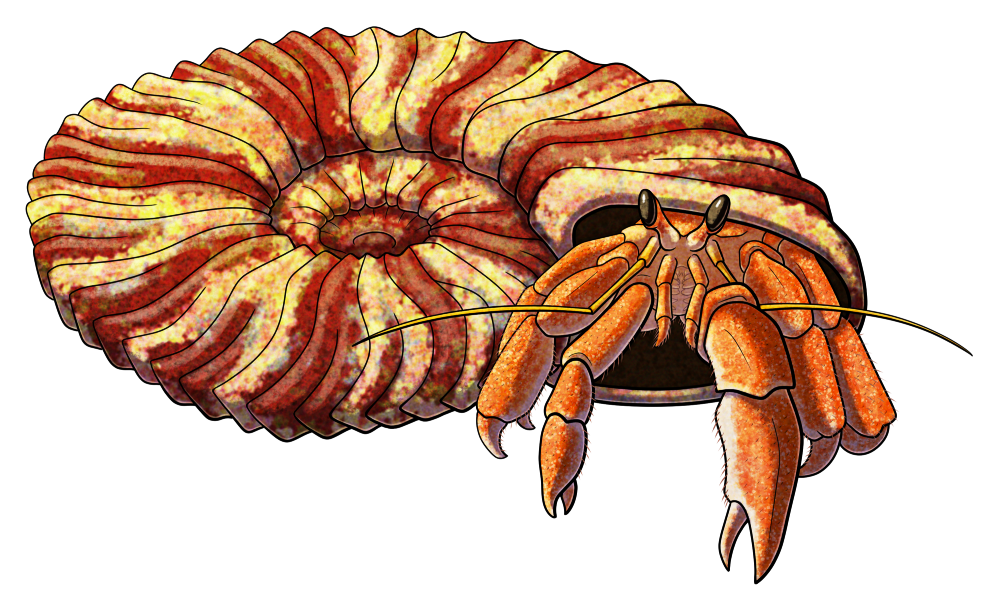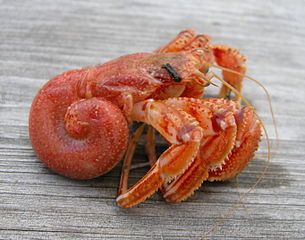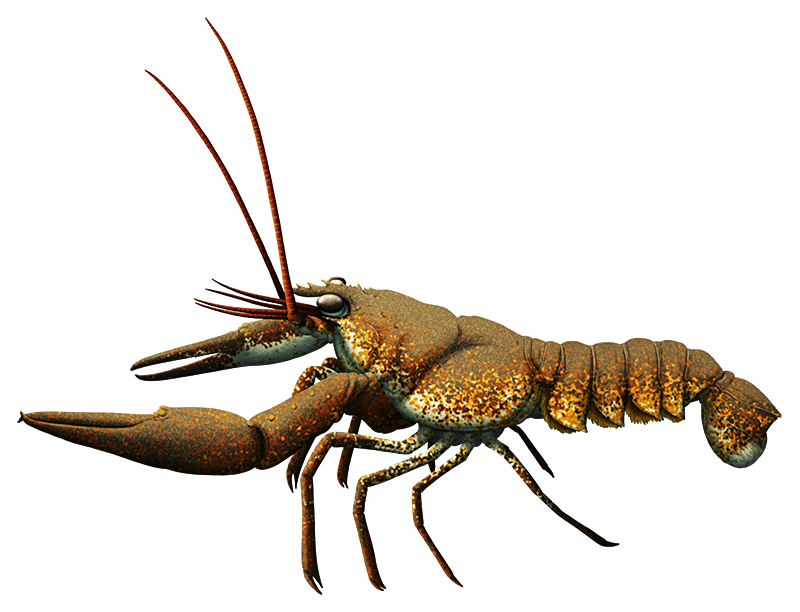Many decapod crustaceans have slightly asymmetrical pincers, often with one claw being chunkier and specialized for “crushing” while the other is more slender and used for “cutting”.
But fiddler crabs take this sort of asymmetry to the extreme as part of their sexual dimorphism – males have one massively oversized claw, which is used for both visual display to potential mates and for physical fights against rivals.
Some of the earliest fiddler crabs are known from the Miocene of what is now northern Brazil. Although the fossils have been given several different taxonomic names since their discovery in the 1970s (including Uca maracoani antiqua, Uca antiqua, and Uca inaciobritoi) they’re currently considered to be indistinguishable from the modern Brazilian fiddler crab, Uca maracoani, meaning that these crabs have remained externally unchanged for the last 16 million years.
Up to about 4cm in carapace width (~1.6″), modern Uca maracoani are found in coastal mangrove swamps and tidal mudflats around the northern and eastern coasts of South America – and some of these environments have also undergone little change since the Miocene. Males of the species can develop their enlarged pincer on either side of their bodies, with lefties and righties seeming to occur in equal numbers.




